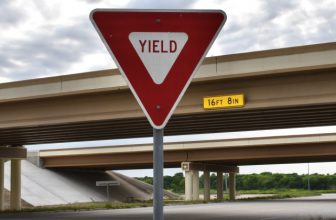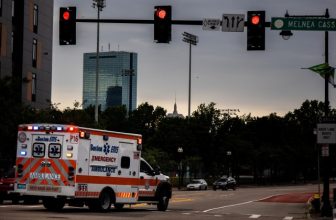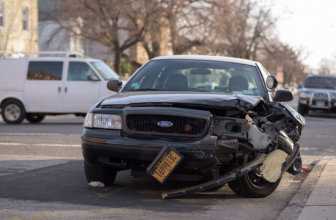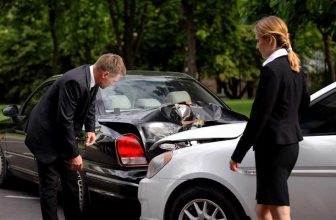
Motorcycles are a popular mode of transportation, but they are dangerous at the same time. Many people do not realize how dangerous they can be until they are involved in a motorcycle accident. Rear-end collisions are a common type of motorcycle accident, and they can occur for many reasons. In this post, we will look at how rear-end motorcycle collisions occur and what you can do to prevent them.
How do rear-end collisions happen?
Rear-end collisions are one of the most common types of motorcycle accidents. They often occur when a driver fails to see a motorcycle in their rearview mirror and then attempts to make a lane change or turn without checking for oncoming traffic. It can leave the motorcycle rider nowhere to go but into the back of the car.
In some cases, rear-end collisions can also be caused by tailgating. When a driver follows too closely behind a motorcycle, they may not have enough time to stop if the bike slows down or comes to a stop. As a result, they may collide with the back of the motorcycle. Rear-end collisions can often be avoided by paying attention to other vehicles on the road and leaving enough space between your car and the vehicle in front of you.
Why are motorcycle drivers prone to accidents?
Motorcycle drivers are more prone to accidents for a variety of reasons. First, they are less visible than other vehicles on the road, making it difficult for other drivers to see them. Second, they have less protection than other vehicles in an accident. Third, they are more susceptible to road hazards like potholes and debris. Finally, they are more likely to be involved in high-speed accidents. While some motorcycle riders take precautions to reduce these risks, such as wearing bright clothing and avoiding roads with known hazards, the fact remains that motorcycle drivers are more prone to accidents than other motorists.
In a rear-end collision, who is typically held accountable?
In a rear-end collision, the vehicle’s driver in the back is nearly always to blame. It is because the driver of the rear car is responsible for maintaining a safe following distance. If the driver of the rear vehicle is following too closely, they will not have enough time to react if the car in front of them slows down or stops. As a result, they are likely to collide with the vehicle in front of them. In some cases, the front car driver may be at fault if they brake suddenly without giving adequate warning to the driver behind them. However, even in these cases, it is usually the driver of the rear vehicle who is found at fault. It is because drivers are expected to maintain a safe following distance at all times.
Where do 70% of motorcycle accidents occur?
According to the National Highway Traffic Safety Administration, 70% of all motorcycle accidents occur at intersections. It is often because drivers of other vehicles fail to see motorcycles when making turns or changing lanes.
In conclusion, motorcycle riders are more prone to accidents than other motorists. While some riders take precautions to reduce these risks, the fact remains that motorcycle drivers are more prone to accidents than other motorists. Drivers should be looking for motorcycles, especially when approaching an intersection. Motorcyclists can also help by using their headlights and wearing bright clothing. By taking these precautions, both drivers and motorcyclists can help reduce the number of accidents that occur.




